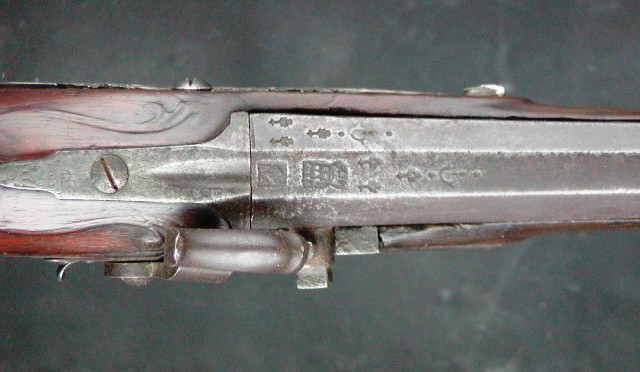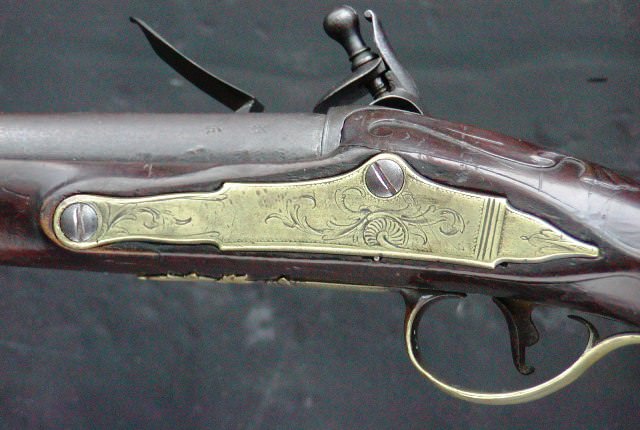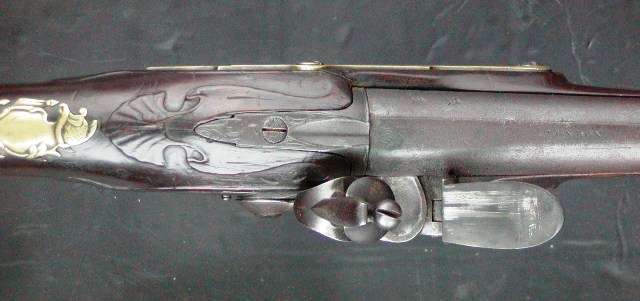- Joined
- Nov 26, 2005
- Messages
- 5,010
- Reaction score
- 9,945
Hi 1861Colt,
You are right but don't compare the early American gun trade with that in Britain. Dueling pistols of the quality by Wogdon were not made in rural shops with a master and a few apprentices. They were made by a whole string of subcontracted tradesmen for very discerning customers. Anyway, the British makers generally aligned lock bolt and tang screw slots with the barrel, especially if the heads were engraved and integrated into the surrounding engraving. Below are some examples from my work.
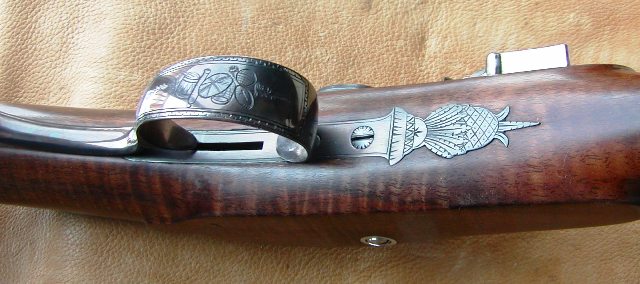
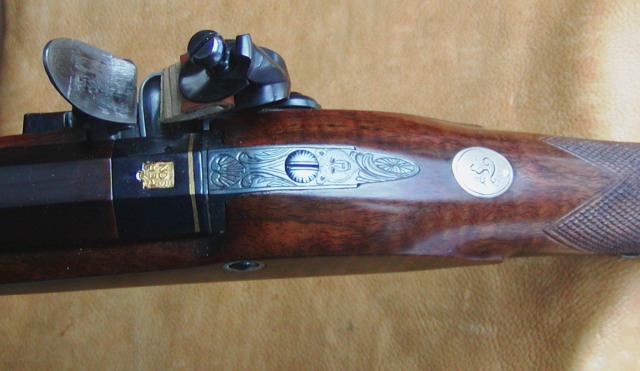
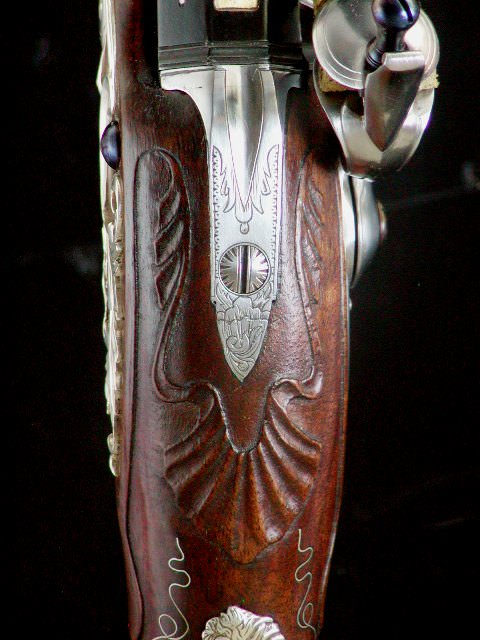
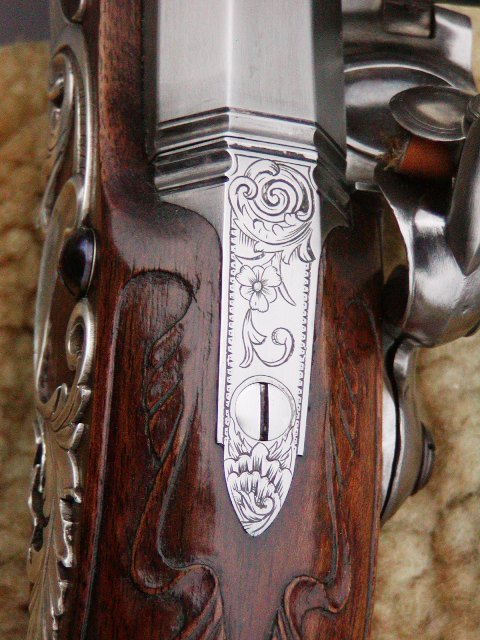
However, it was not universally applied. I have 2 original English fowlers from the 1760s that have misaligned lock bolt screws and tang bolts. One is by Joseph Heylin, one of the best London makers at that time.
dave
You are right but don't compare the early American gun trade with that in Britain. Dueling pistols of the quality by Wogdon were not made in rural shops with a master and a few apprentices. They were made by a whole string of subcontracted tradesmen for very discerning customers. Anyway, the British makers generally aligned lock bolt and tang screw slots with the barrel, especially if the heads were engraved and integrated into the surrounding engraving. Below are some examples from my work.




However, it was not universally applied. I have 2 original English fowlers from the 1760s that have misaligned lock bolt screws and tang bolts. One is by Joseph Heylin, one of the best London makers at that time.
dave






